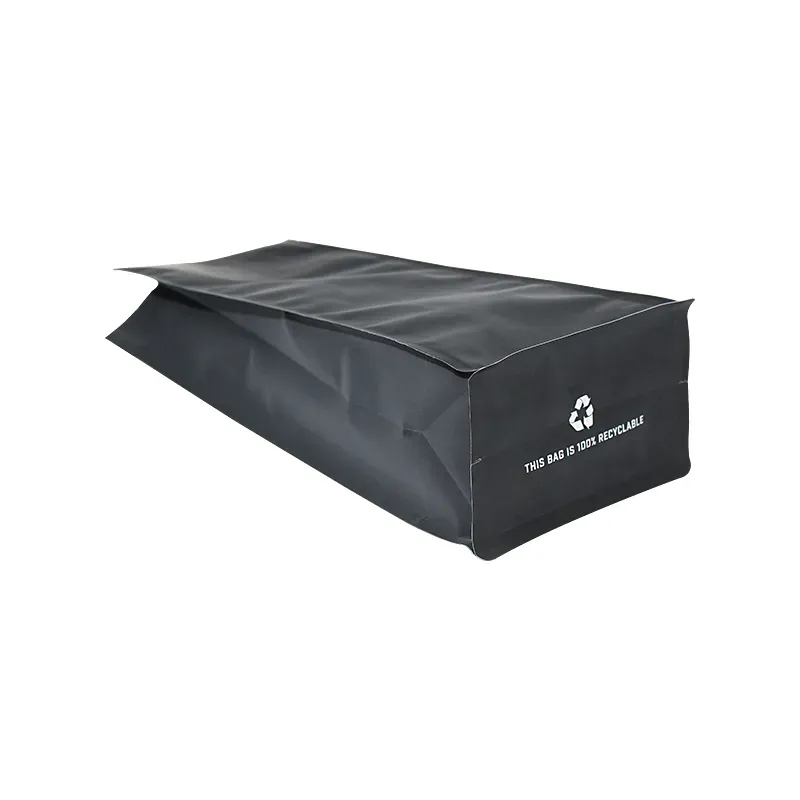- Afrikaans
- Albanian
- Amharic
- Arabic
- Armenian
- Azerbaijani
- Basque
- Belarusian
- Bengali
- Bosnian
- Bulgarian
- Catalan
- Cebuano
- chinese_simplified
- chinese_traditional
- Corsican
- Croatian
- Czech
- Danish
- Dutch
- English
- Esperanto
- Estonian
- Finnish
- French
- Frisian
- Galician
- Georgian
- German
- Greek
- Gujarati
- haitian_creole
- hausa
- hawaiian
- Hebrew
- Hindi
- Miao
- Hungarian
- Icelandic
- igbo
- Indonesian
- irish
- Italian
- Japanese
- Javanese
- Kannada
- kazakh
- Khmer
- Rwandese
- Korean
- Kurdish
- Kyrgyz
- Lao
- Latin
- Latvian
- Lithuanian
- Luxembourgish
- Macedonian
- Malgashi
- Malay
- Malayalam
- Maltese
- Maori
- Marathi
- Mongolian
- Myanmar
- Nepali
- Norwegian
- Norwegian
- Occitan
- Pashto
- Persian
- Polish
- Portuguese
- Punjabi
- Romanian
- Russian
- Samoan
- scottish-gaelic
- Serbian
- Sesotho
- Shona
- Sindhi
- Sinhala
- Slovak
- Slovenian
- Somali
- Spanish
- Sundanese
- Swahili
- Swedish
- Tagalog
- Tajik
- Tamil
- Tatar
- Telugu
- Thai
- Turkish
- Turkmen
- Ukrainian
- Urdu
- Uighur
- Uzbek
- Vietnamese
- Welsh
- Bantu
- Yiddish
- Yoruba
- Zulu
Exploring the World of Round Tin Craft and Design Techniques
The Enchantment of Round Tin A Journey Through Time
Round tin, a seemingly simple object, has played a significant role in our daily lives and history. From its robust utility in food preservation to its aesthetic presence in modern art, round tin embodies versatility and charm. This article explores the origins, uses, and cultural significance of round tin, highlighting its essential place in our world.
The Origins of Tin
Tin, a metal that has been known to humankind for thousands of years, has its origins dating back to the Bronze Age. This era marked the advent of metallurgy, and tin's ability to strengthen copper, forming bronze, laid the groundwork for technological advancements. The extraction and usage of tin were pivotal, leading to a metallurgy revolution that propelled ancient civilizations.
Round tin, specifically, emerged as a practical solution to various needs. The circular shape offers structural integrity, making these tins resistant to dents and impacts. This characteristic was particularly vital in an era when transportation often involved rough terrain and limited methods of protection.
Culinary Contributions
One of the most significant contributions of round tin is its role in food preservation. The advent of canning in the early 19th century revolutionized how food was stored and consumed. Round tins became synonymous with accessibility and convenience, enabling people to stock up on seasonal produce year-round.
Manufacturers quickly realized the advantages of circular designs, as this shape minimized material waste and maximized space efficiency during storage. Simultaneously, the hermetic sealing characteristic of round cans ensured that perishable goods could be safely transported and stored for extended periods, enhancing national food security.
Aesthetic Appeal
Beyond utility, round tin has carved a niche in the world of aesthetics. Vintage tin containers are sought after by collectors for their intricate designs and nostalgic value. These pieces often feature beautiful graphics, vibrant colors, and creative typography, reflecting the artistic trends of their time.
round tin

Artists and craftsmen have embraced the decorative potential of round tin. These tins have inspired various art forms, from upcycled furniture to jewelry. The interplay of rust and color often tells a story, evoking memories of the past while serving a functional purpose in contemporary settings.
Cultural Significance
Round tin's influence transcends various cultures. In many societies, unique tins hold a place in tradition and custom. For instance, during celebrations and festivals, beautifully crafted round tins are often filled with treats and given as gifts. They symbolize generosity and thoughtfulness, with their designs reflecting cultural heritage.
In addition to personal anecdotes, round tin has made its mark on popular culture. Classic films and literature often evoke nostalgia by representing round tins filled with homemade goodies, thereby reinforcing their connection to warmth and family. These tins serve as emblems of simpler times, fostering connections between generations.
Environmental Considerations
In recent years, the focus on sustainability and environmental impact has brought round tin back into the spotlight. As awareness of plastic pollution grows, many consumers are reverting to metal containers for storage. Tin is recyclable, which makes round tins an eco-friendly alternative for packaging and preservation.
Innovations in the production of round tins, coupled with increased consumer demand for sustainable options, emphasize the importance of this humble object in promoting a greener future. By choosing round tins over plastic alternatives, individuals contribute to reducing waste and fostering an environmentally conscious community.
Conclusion
From its ancient origins to contemporary adaptations, round tin remains a fascinating aspect of our daily lives. Its journey from a mere metal to a symbol of utility and artistry illustrates how a simple object can carry immense cultural and practical significance. As we move forward, the charm of round tin continues to enchant, reminding us of the past while paving the way for sustainable practices in the future. Whether in a vintage shop, a modern kitchen, or an artist’s studio, round tin will undoubtedly continue to thrive in our world.













